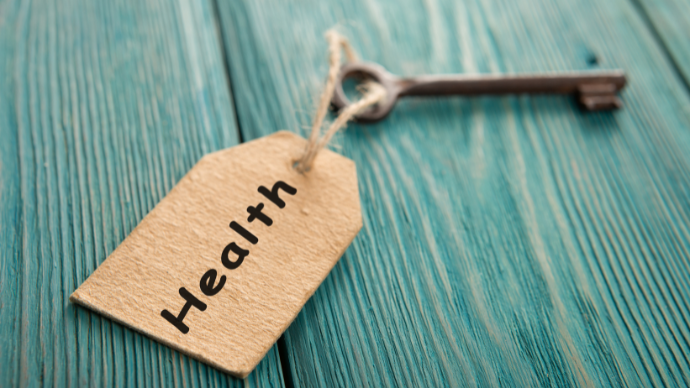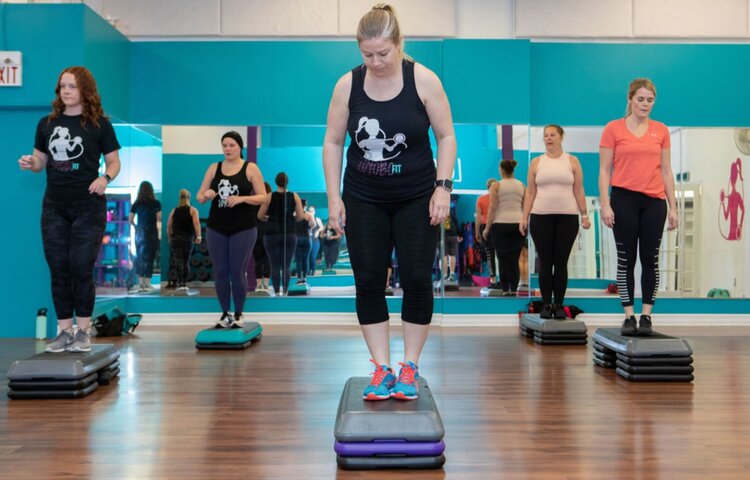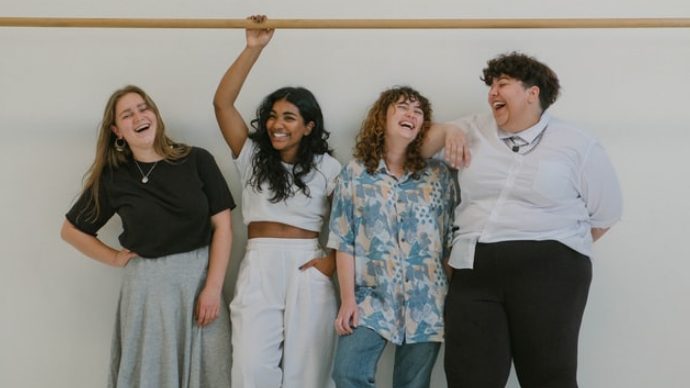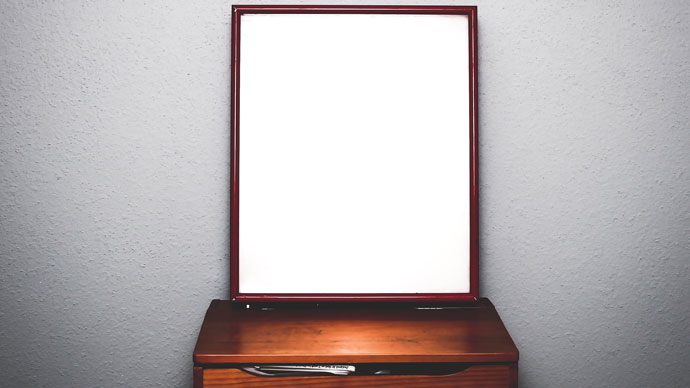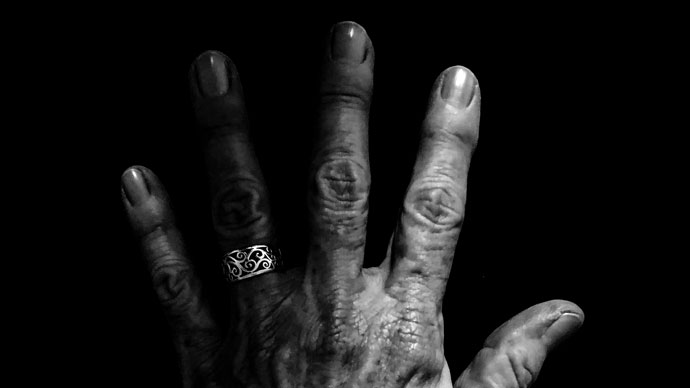Maybe you’re curious about the benefits of the body positive approach to health. But let’s be honest. The pursuit of health and wellbeing has become intertwined with the pursuit of a perfect body. From social media influencers to glossy magazine covers, the pressure to conform to unrealistic beauty standards can be overwhelming.
Fortunately, there is a powerful movement that challenges this narrative – the body positive approach. Rather than fixating on achieving one specific “ideal” shape or size, the body positive movement advocates for being the healthiest version of your unique self, in both mind and body.
So let’s dive into why it’s critical to shift away from striving for one specific size or “ideal” image of health and well-being. I hope you find it empowering.
Five Benefits of the Body Positive Approach to Health and Wellbeing
1. Cultivates a Positive Mindset
At the core of the body positive approach lies the concept of self-acceptance and self-compassion.
Instead of berating yourself if you don’t fit into societal’s perfectionist ideals, a body positive mindset encourages you to appreciate and celebrate your body for all that it does. This shift in perspective fosters a positive relationship with yourself, leading you to improved mental wellbeing and reduced stress levels.
When you learn to be more accepting of your body, especially as you move through life stages, you can free yourself from the shackles of comparison and self-criticism, allowing space for self-growth and personal development. 🔥
2. Encourages Health as a Holistic Concept
The body positive approach doesn’t dismiss the importance of health and wellbeing.
Instead, it redefines the concept of health beyond mere physical appearance.
Health is seen as a holistic state, encompassing physical, mental, emotional, existential and social well-being.
This inclusive view promotes balanced and sustainable lifestyle choices that prioritize overall wellness rather than obsessing over numbers on a scale or clothing size.
By recognizing that health is multi-dimensional, you are more likely to adopt habits that nourish both your body and mind.
3. Break Free from Diet Culture
Current approaches to health often revolve around restrictive diets and intense workout regimens, perpetuating a harmful cycle of yo-yo dieting and disordered eating behaviors.
The body positive approach advocates for intuitive eating and listening to our body’s needs. You learn to trust your instincts and respect your body’s cues. This liberated relationship with food fosters a healthier attitude towards eating, reduces the risk of developing eating disorders, and promotes a sustainable and enjoyable way of nourishing our bodies.
4. Boost Self-Confidence and Self-Esteem
In a world that often equates beauty with self-worth, adopting a body positive approach can be incredibly empowering. When you embrace your body and celebrate your uniqueness, you cultivate a strong sense of self-confidence and self-esteem.
This newfound self-assurance radiates into all aspects of your life, from personal relationships to professional pursuits.
By rejecting the notion that your worth is contingent on your appearance, you liberate yourself to pursue your passions and dreams without the burden of body-related insecurities holding you back.
5. Foster a Supportive Body Positive Community
The body positive movement thrives on the idea of inclusivity and support. By embracing this approach, you become part of a larger community that champions body diversity and challenges harmful societal norms.
Engaging with like-minded people who prioritize self-love can provide a valuable support network, allowing you to share your experiences, seek guidance, and together we can celebrate our collective victories.
In a world that perpetuates perfectionist health and beauty standards, the body positive approach to health and wellbeing emerges as a refreshing, empowering and transformative perspective.
By redefining health as holistic well-being, you can break free from the harmful grips of diet culture and body shaming. You can lead a fulfilling life with compassion, joy, and gratitude for the incredible vessel that carries you through this beautiful journey called life.
Ultimately, that’s my goal as your coach, to partner with you to be your healthiest self in mind and body.
Want to reap the many benefits of the body positive approach to health? If so, let’s have a conversation. ♡ Tanya


